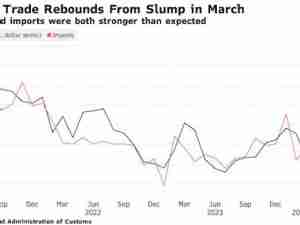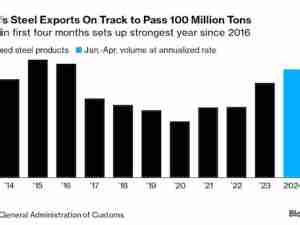Hurricane Florence’s wrath hit the North Carolina coast, but the full effects of the storm, still centered 85 miles from shore, are yet to come.
Hurricane-force winds were approaching Cape Lookout, North Carolina, at around 7 p.m. local time Thursday. Lashing winds and stinging rains crashed into waterfront towns including Wilmington and New Bern, causing floods ahead of what’s expected to be a deadly 11-foot (3.4-meter) surge. Weeks after it formed off the African coast, Florence is forecast to finally make landfall Friday. About 27,000 Duke Energy Corp. customers have already lost power—as many as 3 million may eventually be in the dark for days or even weeks.
What the hurricane “has now lost in terms of maximum wind speeds near its center, it has now gained in terms of sheer expansiveness,” said Peter Mullinax, a meteorologist at Planalytics. “This will be one of the worst storm surge events likely in North Carolina’s history.”
The total bill for damage from Florence could eventually reach $10 billion to $20 billion, said Chuck Watson, a disaster researcher at Enki Research in Savannah, Georgia. Hundreds of thousands of people have evacuated the coast, more than 1,000 U.S. flights have been canceled, factories were shut and farmers rushed to save crops, poultry and pigs in anticipation of the storm.
The storm, packing 105 mile-per-hour winds, is forecast to head west across South Carolina Saturday, and up through the Appalachians next week. The National Hurricane Center is predicting 20 inches to 30 inches of rain in parts of North and South Carolina, with 40 inches possible in isolated areas.
“We’re still going to get catastrophic inland flooding from heavy rains and multibillion-dollar storm-surge damage along the coast where it hits,’’ said Jeff Masters, co-founder of Weather Underground Inc. in Ann Arbor, Michigan.
Keith Beavers, a farmer in Duplin County, North Carolina, was rushing on Thursday to harvest as much corn as he could ahead of the storm. He still has peanuts, soybeans and sweet potatoes in the ground. And while he’s managed to pull tobacco leaves from the field, he’s concerned because they require curing in a barn with power.
“If this thing comes inland and stops in eastern North Carolina like they forecast it, and we get two days of continuous rain, the rain will be our biggest damage,” he said. “It’s discouraging to see a crop you worked with all year long, nurture it, plant it and see it destroyed.”
North Carolina is the largest tobacco grower and ranks second among U.S. states in hog inventory and producing broiler chickens. CoBank ACB, an agricultural lender, estimates damage to North Carolina farming could hit $1 billion before the storm slows.
Along with agriculture, the Carolinas stand as an important regional hub for banking, technology, manufacturing and transportation, accounting for about 4 percent of U.S. gross domestic product, according to a Bloomberg U.S. economic analysis. The path may affect more than 4,000 manufacturing and distribution facilities, potentially hurting sectors including auto-parts and packaged foods, according to Bloomberg Supply Chain data.
Charlotte, home to Bank of America Corp. and several regional banks, is expected to face monumental amounts of rain.
Operations at the ports of Wilmington, Charleston, South Carolina, and Norfolk in Virginia, which together handled 23 percent of East Coast imports in 2017, have been disrupted by the storm.
“Florence is still a dangerous storm,” said Rebecca Fuller, a meteorologist with Radiant Solutions in Gaithersburg, Maryland. “Storm surge, heavy rainfall and 100-mile-per-hour winds are nothing to downplay.’’








